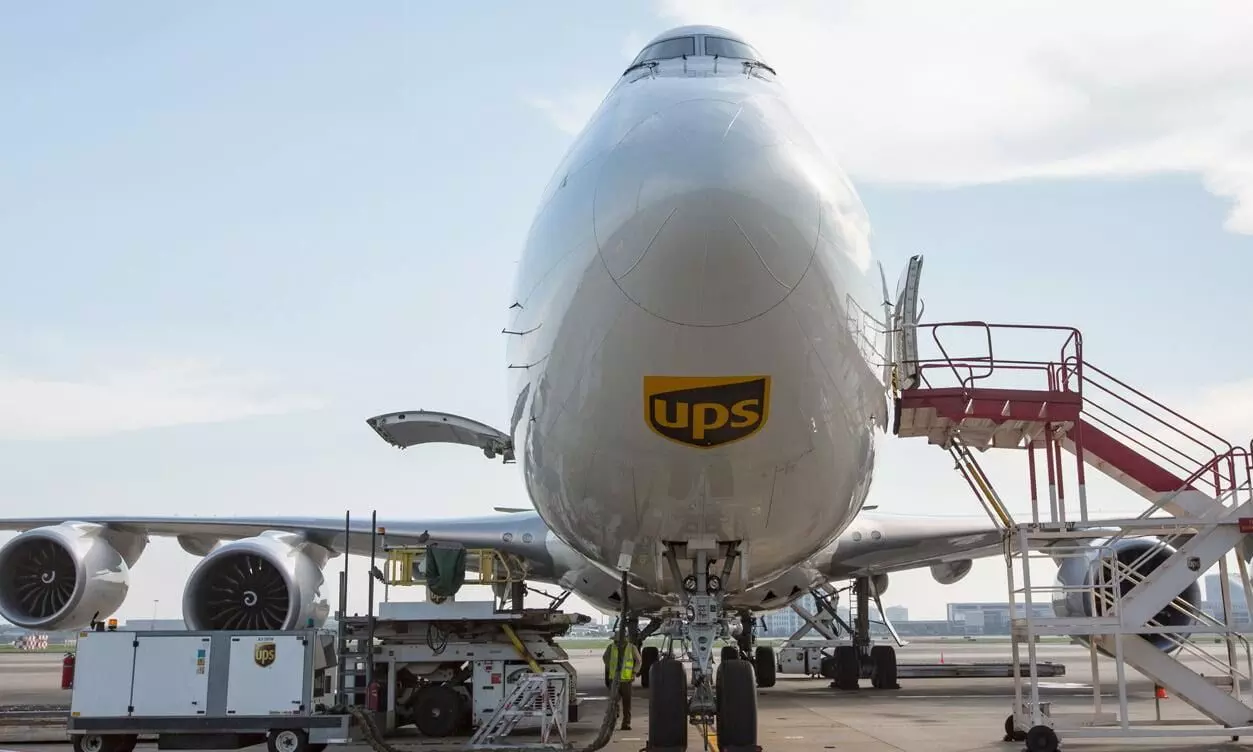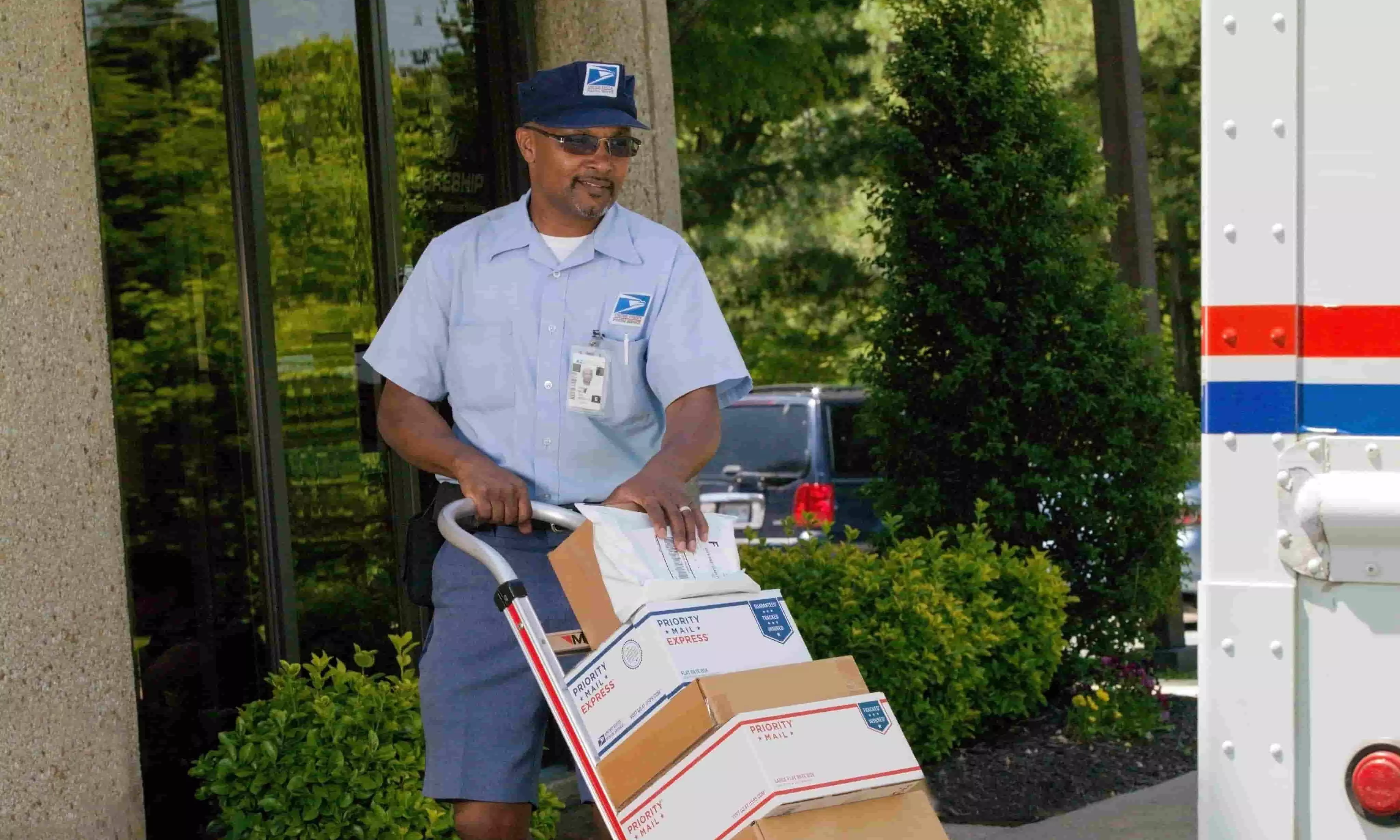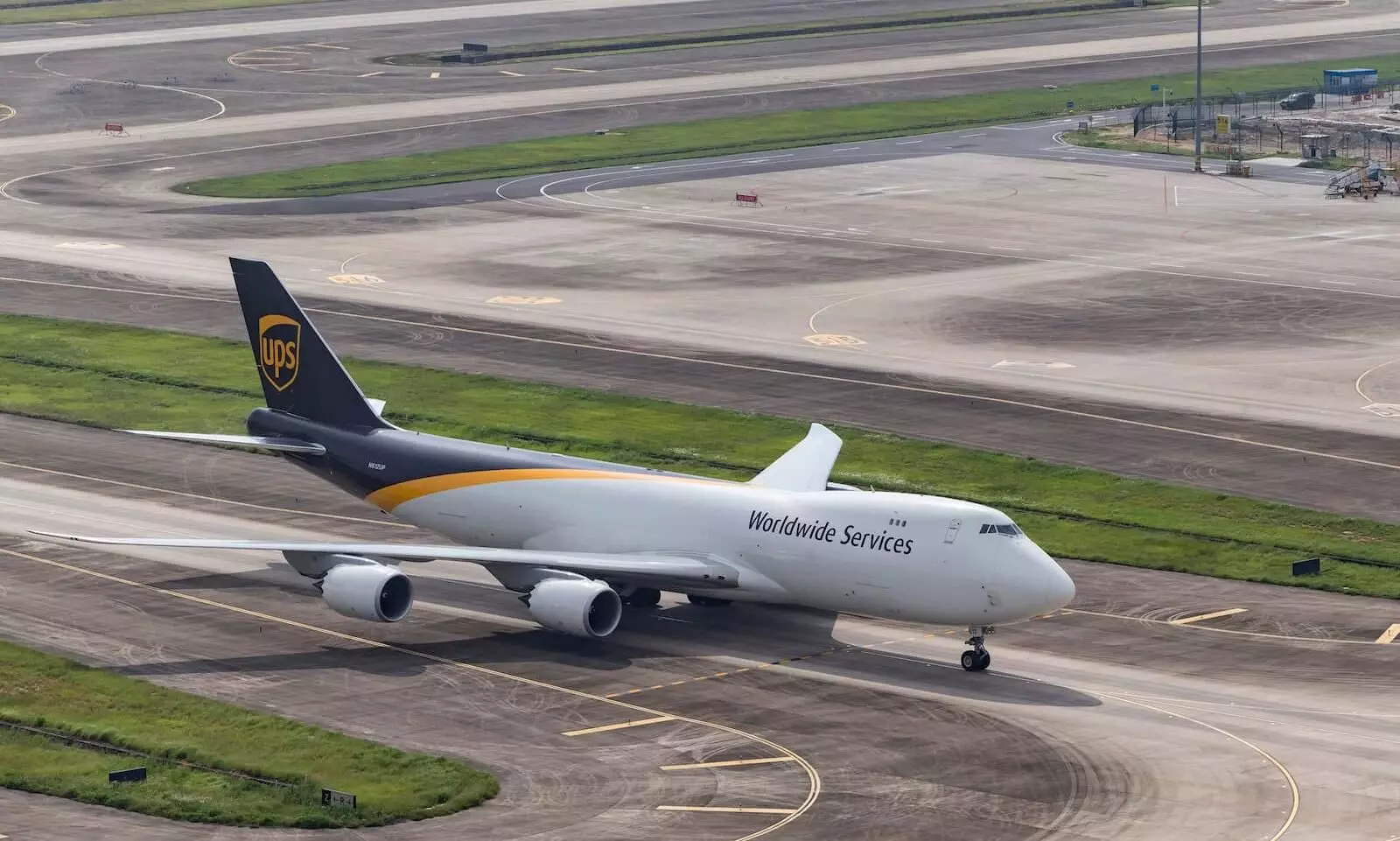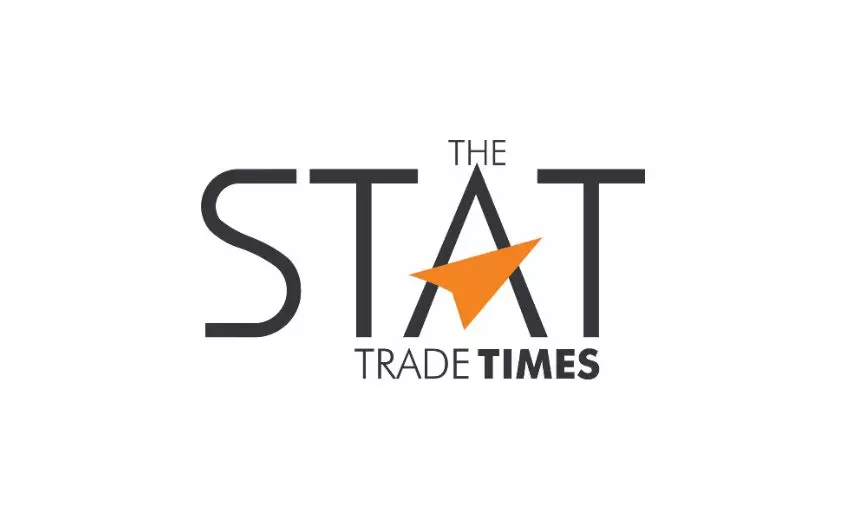
UPS getting ready for USPS business, bullish on Estafeta
Included in 2024 revenue guidance of $93 billion (down from $94.5 billion) is the air cargo business from USPS

UPS is getting all ready for starting business with the United States Postal Service (USPS), which it won from FedEx.
"With regard to USPS, both teams are actually face-to-face planning and executing, so far close to 50 percent of the change, and we'll continue pushing forward," Nando Cesarone, Executive Vice President and President, U.S, UPS said in an analysts call after the announcement of the Q22024 results.
"We'll be fully implemented in terms of the UPS network in place to serve the USPS on September 8, and the contract really starts officially 10/1, where we'll see all of the volume come over to UPS. So far, in recognition of two parties getting together for the first time in this regard, there's been some bumps but nothing systemic.
"So it's working out really well on both sides, professionals from the USPS and UPS, really doing some good work there."
Carol Tomé, Chief Executive Officer, UPS said the new USPS air cargo business is being onboarded in the supply chain solutions unit, "with plans to be fully implemented before peak. The onboarding has gone well, and we continue to expect this business to be margin accretive for the company."
Shift in consumer choices
Tomé said UPS witnessed a shift towards value products "with shippers choosing ground over air and SurePost over ground. And there was also a notable shift in product characteristics with a surge in lightweight short zone volume moving into our network."
Buying up Estafeta in Mexico
Tomé was bullish on the acquisition of Mexican small package provider Estafeta. Without providing the financial details, Tomé said: "This is a big win for UPS, and it's a big win for our customers. By combining Estafeta with the end-to-end services we already have in Mexico and connecting it to the global reach of our integrated network, we will greatly enhance our logistics orchestration capabilities for customers that are shifting manufacturing and distribution closer to the United States. We are targeting to close this acquisition by the end of this year.
"Together, UPS and Estafeta will be a $1 billion-plus business. So this firmly cements our leadership position in North America."
Estafeta covers 95 percent of the population in Mexico with 145 facilities, and does about 325,000 pieces per day. "Think about, first of all, that 300,000 pieces, all those shippers," said Kathleen M. Gutmann, Executive Vice President and President, International, Healthcare and Supply Chain Solutions, UPS. "They need a transporter, a cross-border solution that is quality and that has access to the best small package network in the U.S. That's what we give it.
"So it's the additional packages. If you look back at Marken, also Bomi, onto MNX, all of them are meeting their business cases as well as their synergy, both on the revenue and cost side of the equation because what it does is opens up again this end-to-end opportunity to these premium customers. We are ahead of the supply chain shift into Mexico. Our supply chain cross-border business is up double digits, so this will only help with that as well."
Network of the Future
In the first half of 2024, UPS completed 35 operational closures, which included closing five buildings, "and we are on plan to complete an additional five operational closures in the second half of this year," Tomé said. "Simultaneously, we are continuing to automate more of our operational tasks. For example, in the U.S., we are automating the dispatch process for our package car and theatre drivers to reduce dispatch staffing by half. We deployed Phase 1 of the project. And so far this year, we've reduced staffing by 26 percent. As we continue deployment, we expect to achieve our reduction target by 2026. As a reminder, these actions are outside of Fit to Serve and are part of Network of the Future."
Coyote accounting
While UPS has agreed to sell Coyote to RXO for $1.025 billion, it continues to retain revenue and earnings in its outlook till the deal is finalised.
Q2 turning point
Brian Dykes, Executive Vice President, Chief Financial Officer, UPS, in his first analyst meet said the second quarter "represented an important turning point for our business. In the U.S., volume inflected positively, and it was the last full quarter of the high-wage growth rate associated with the first year of our new Teamsters contract."
Through the Fit to Serve initiative, UPS reduced the workforce by over 11,500 positions, which translated into approximately $350 million in savings for the first half of 2024, Dykes added. "And we are on track to deliver roughly $1 billion in savings by the end of the year."
From a product perspective, UPS reported customers trade down between services. Dykes said: "Specifically, we saw customers shift from air to ground and from ground to SurePost. As a result, total air average daily volume was down 7.8 percent. By ground, average daily volume increased 2.3 percent."
The second quarter was also a turning point for the international business, Dykes added. "For the first time in 10 quarters, 11 of our top 20 export countries demonstrated year-over-year average daily volume growth, including several key markets in Europe. At the region level, Asia grew average daily volume of revenue in the quarter. And in the Americas region, we continue to see solid signs of the shift in near shore."
Condensed peak
Tomé highlighted the point that 2024 is going to witness the most condensed peak since 2019. "There are only 17 days between Thanksgiving and Christmas. As we look at the volume projections for peak, we are expecting on our peak day, which is December 18, the highest volume ever in our network. Now when you have that kind of volume flowing to your network, you actually have to charge to service them well because you have to hire people and lease aircraft and delivery vehicles. So we think that the prices are going to stick because of what the environment is telling us from a demand perspective. I would also say, candidly, they're up against a very easy comparison last year."
2024 outlook
Given the current volume momentum, UPS has reset its 2024 revenue guidance to $93 billion, down from its earlier estimate of $94.5 billion. Tomé said: "But for operating profit, as we look to the back half of the year, in the U.S., we expect the same volume mix characteristics as we had in the first half of the year, which compresses revenue per-piece growth."
Included in the full year 2024 guidance is the newly won air cargo business from USPS, "which will be fully onboarded by the end of the third quarter," says CFO Dykes.
On the B2B front, UPS is forecasting that the pipeline of commercial accounts is robust. Tomé said: "So we expect that to improve dramatically in the back half of the year. On the rate per piece (RPP), it's really interesting. We've had these new e-commerce entrants into the United States. And their volume, well, it's exploded."
Dykes added that the bright spot within B2B is returns. "That improved three percent, and we are seeing uptake with the addition of Happy Returns into the portfolio. And as that pipeline builds and we start to see that pull through, that continues to accelerate our B2B business. The other thing I would say is that we do have a strong pipeline of ground-ready products."
The earnings outlook saw the stock decline 12 percent to $127.68, its worst day on record.




